Aichi's most unusual spot! "Goshikien," the only religious wonderland in Japan
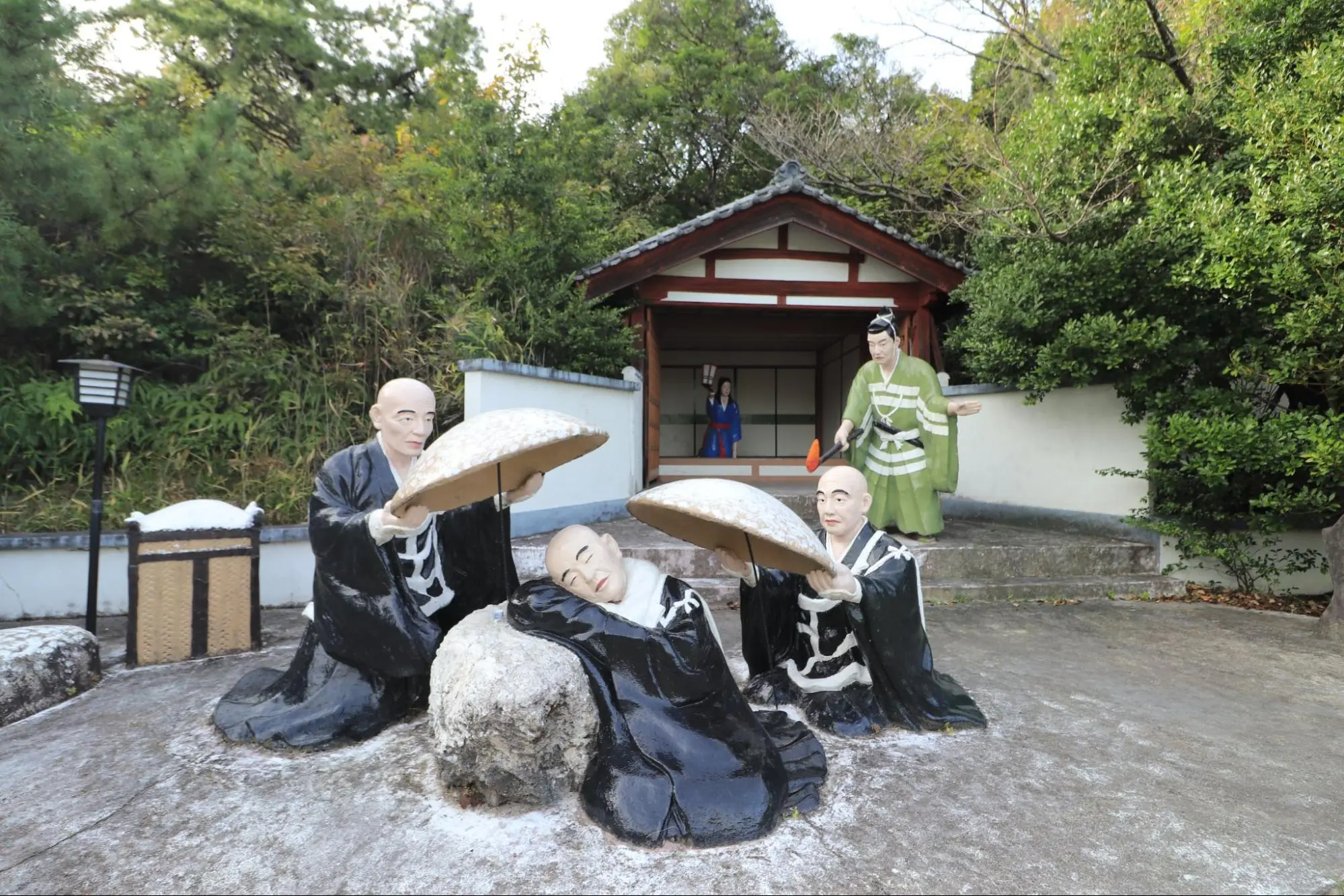
Table of Contents
"Goshikien" in Nisshin City, Aichi Prefecture is the only religious wonderland in Japan with a site of 200,000 tsubo. What makes it unique is that there are more than 100 concrete statues created by Shoun Asano, a concrete sculptor from Nagoya.
Access to Goshikien

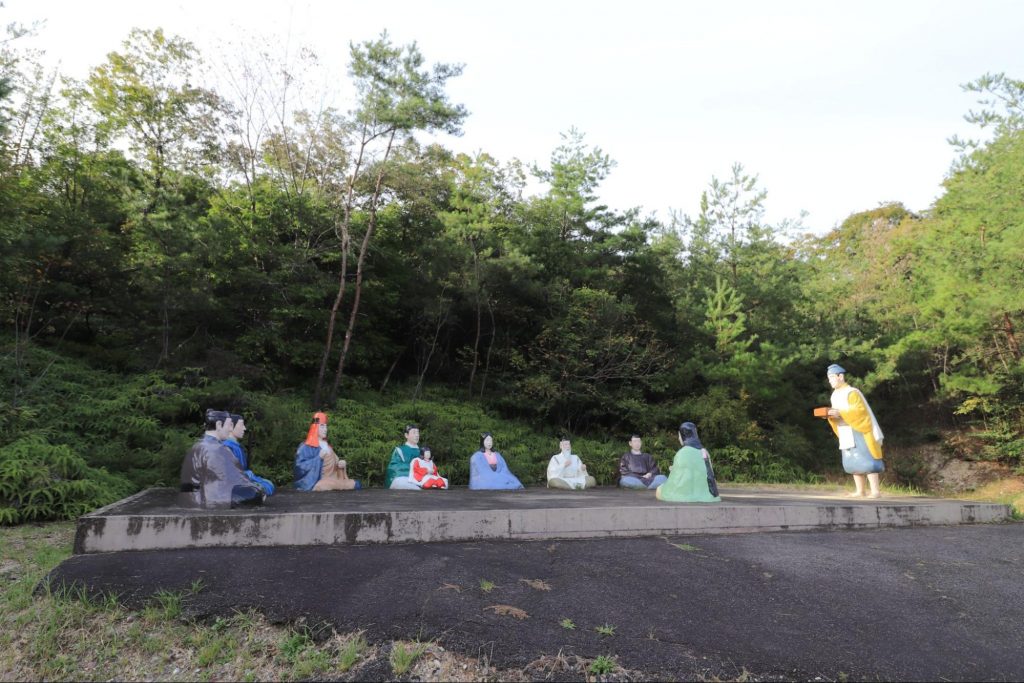
Goshikien is located in Nisshin City, Aichi Prefecture. It takes about 30 minutes by car from central Nagoya. In the vast temple grounds of 200,000 tsubo, there is a life-size statue that reproduces the life of Shinran Shonin.
It is famous as a rare spot, but "Goshikien" is named after five kinds of trees: pine, bamboo, plum, cherry, and maple. It is also a famous spot for cherry blossoms, and a place where you can enjoy the nature of each season throughout the year.
Who is Shoun Asano?
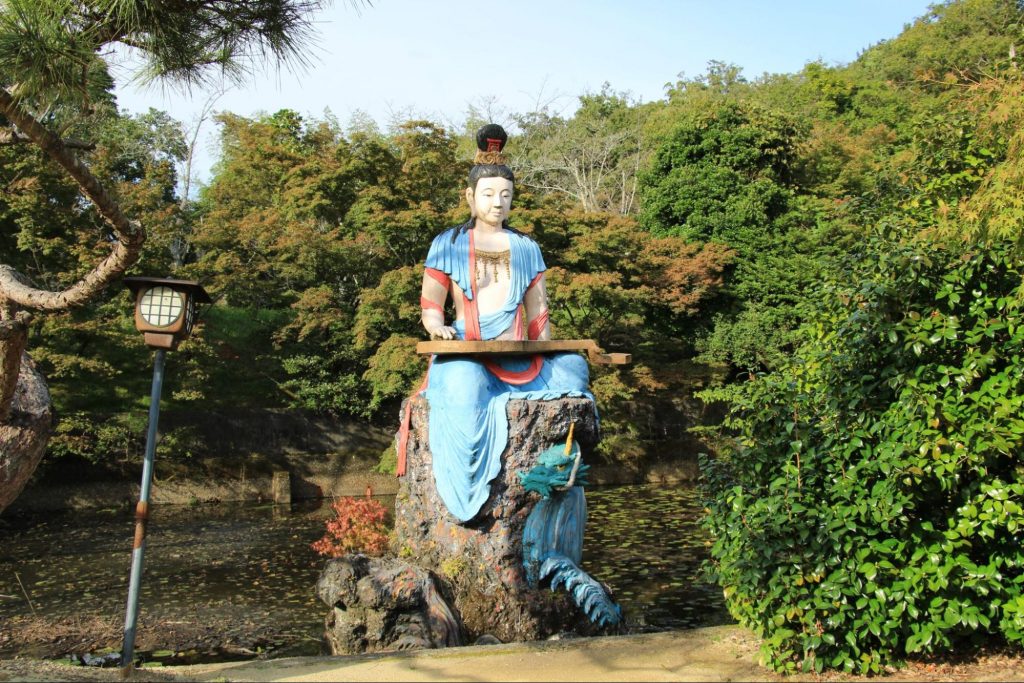
In the park, various episodes related to Shinran Shonin's life and teachings are reproduced with sculptures.
Shoun Asano (1891-1978) was born in Nakatsugawa City, Gifu Prefecture. Influenced by his father, who was a craftsman who made clay dolls, he began making clay dolls, but since it was impossible to make large works with clay, he started making them with concrete.
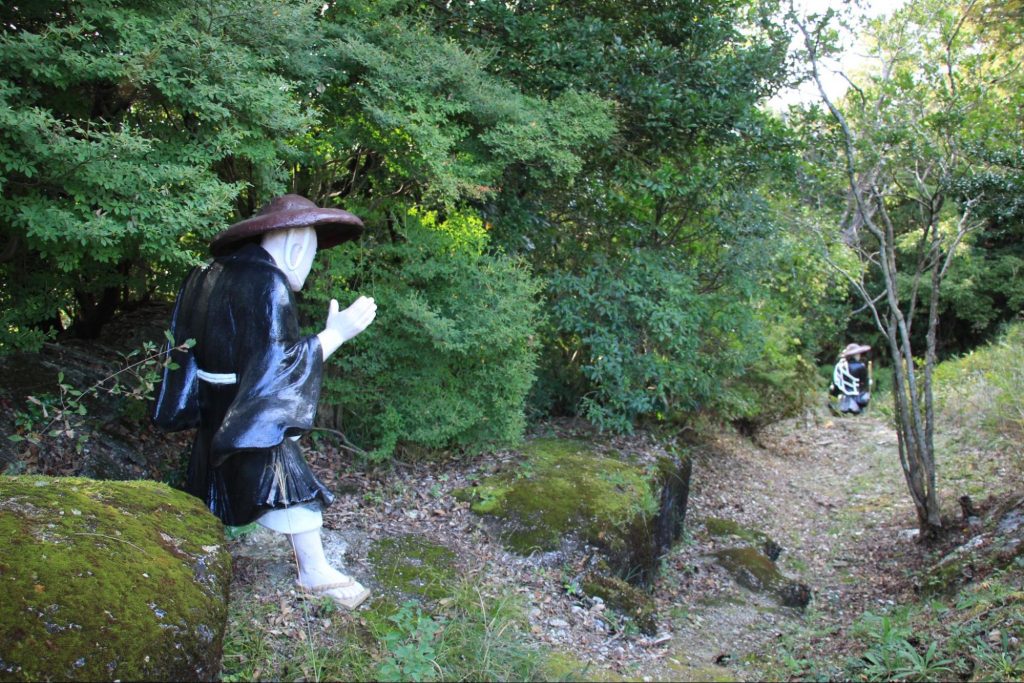
It is said that he made more than 1,000 concrete sculptures in his lifetime, which he started making at the age of 33, of which nearly 800 remain in the Tokai region.
There are three representative spots: Goshikien (Nisshin City, Aichi Prefecture), Sekigahara Warland (Sekigahara Town, Gifu Prefecture), and Momotaro Shrine (Inuyama City, Aichi Prefecture). Among fans, it is called “Shoun Asano’s Three Great Sanctuaries”.
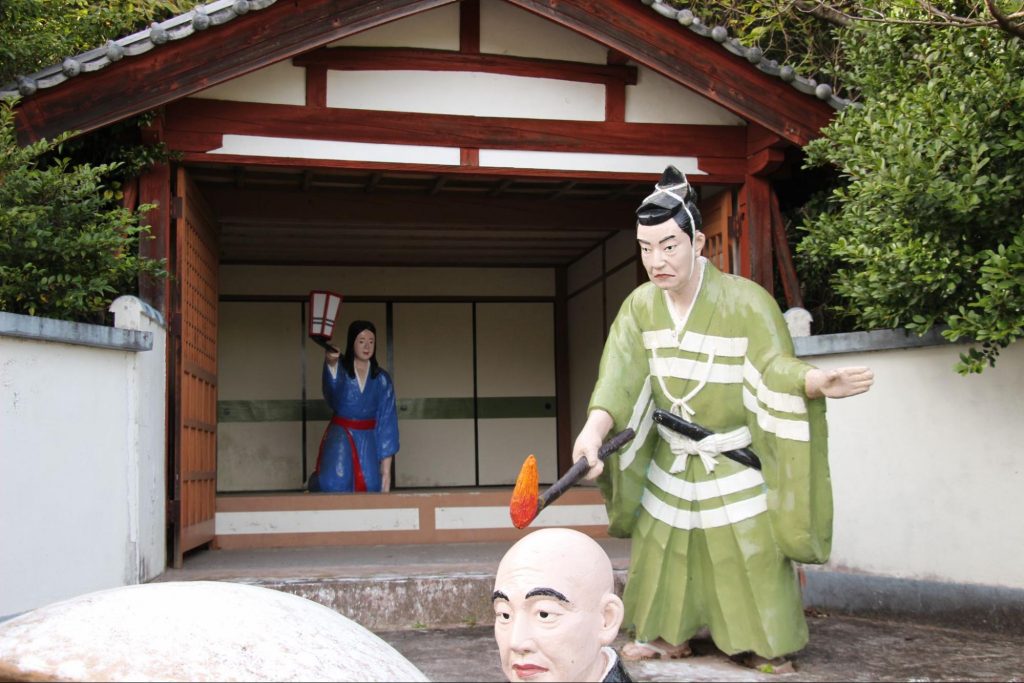
Among the many facilities, the Goshiki-en is a milestone facility that was the first to produce a large number of dolls based on a theme. The indescribably exquisite facial expressions of the concrete statues are unforgettable and captivate visitors once they see them.
So let's get going!

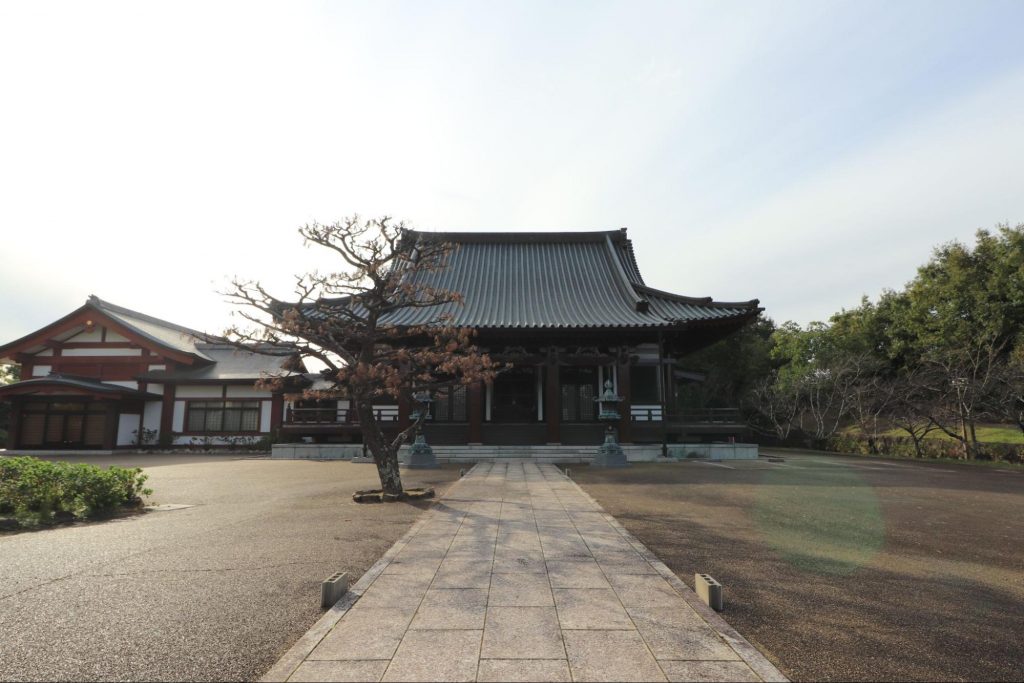
Goshikien was established in 1934 (Showa 9) on the premises of Daian-ji Temple by Mugen Mori (the first head of Daian-ji Temple) with the aim of 'audiovisual transmission'. At that time, the site was even larger than it is today, and it was a major theme park with religious facilities such as the main hall, temple office, and a guesthouse, as well as hot springs, a zoo, and an archery range.
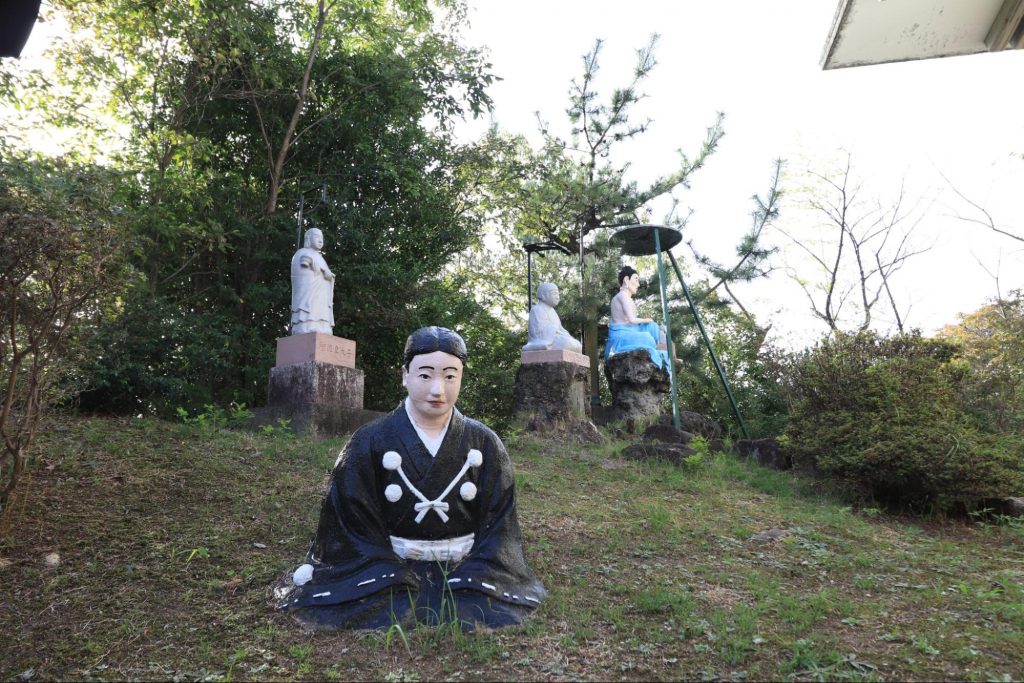

Mr. Shoun Asano was asked to produce the centerpiece. Production began four years before the opening of the park, and initially the works made at his home in Atsuta-ku, Nagoya were loaded on an oxcart and transported to the site about 20km away. More than 100 statues were produced over the course of 10 years.
In the park, famous scenes of Shinran Shonin (the founder of Jodo Shinshu) are reproduced here and there with concrete statues.
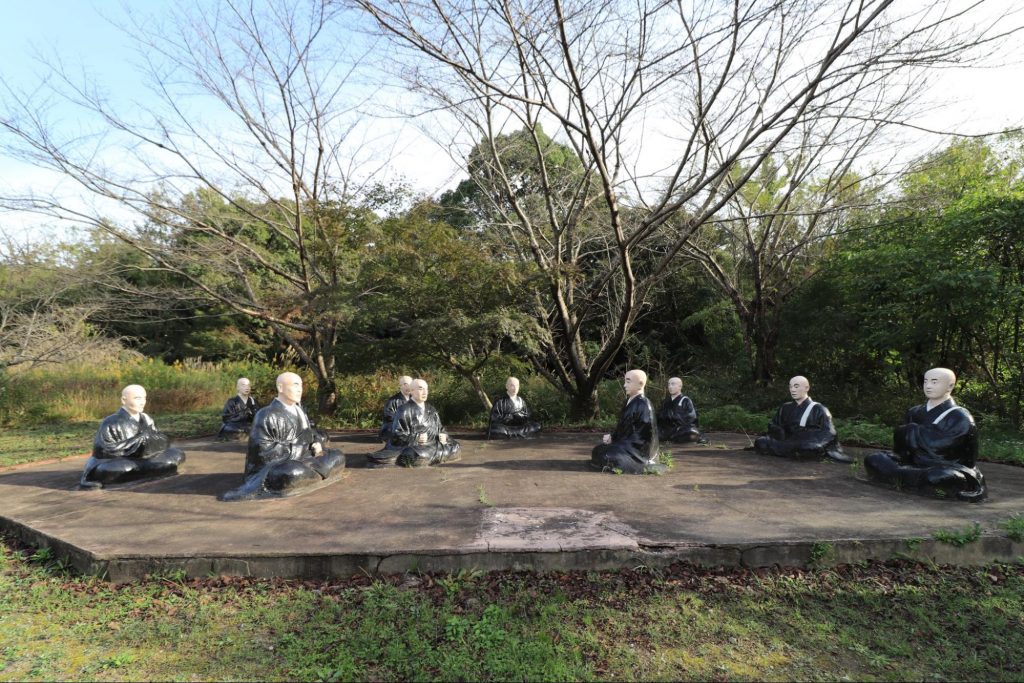
The inside of the park is very large, so it is OK to move around by car. You can appreciate the work as if you were in a safari park.
This is a scene where Shinran's disciples are given a difficult topic and discuss the teachings of the Buddha. The cherry blossoms are in full bloom in the spring, so we recommend lining up with the dolls to enjoy the cherry blossoms.

Was he running late? He is running with a great expression on his face. He's in too much of a hurry, and his clog is falling off.
Each one has such a human face, so please take a good look at their expressions.
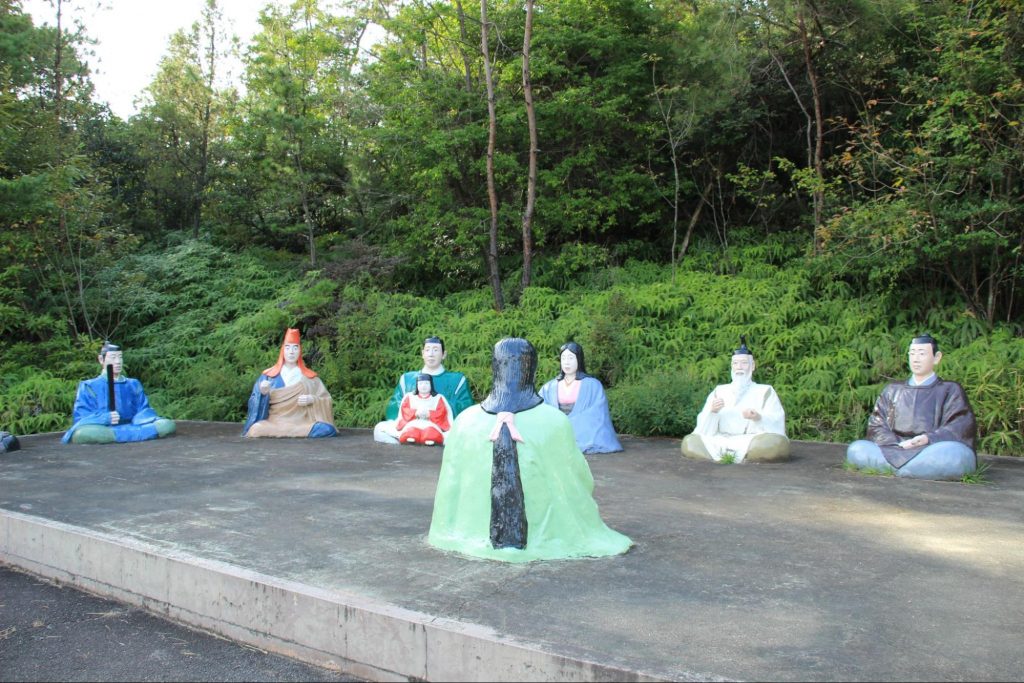

It looks like they are having a party while looking at the moon. You can tell that everyone is having a fun party. The statues are also dressed in gorgeous costumes.
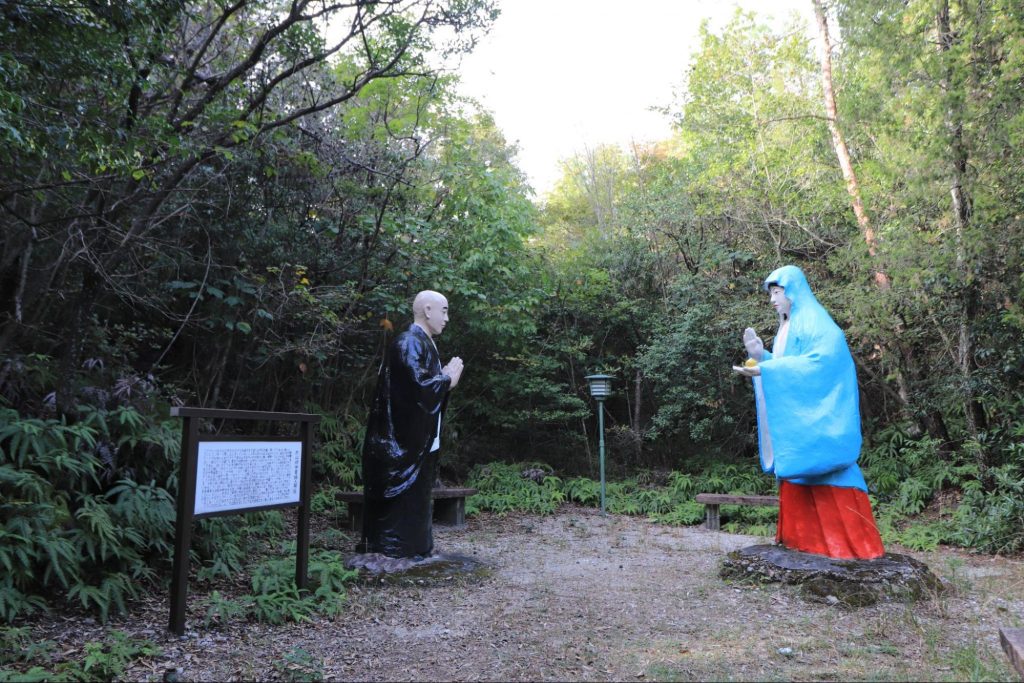
I found big statues!
This is the scene where Shinran meets a mysterious lady on Mt. Hiei and receives a ball wrapped in white silk.

This is a statue of women called Suzumushi and Matsumushi.
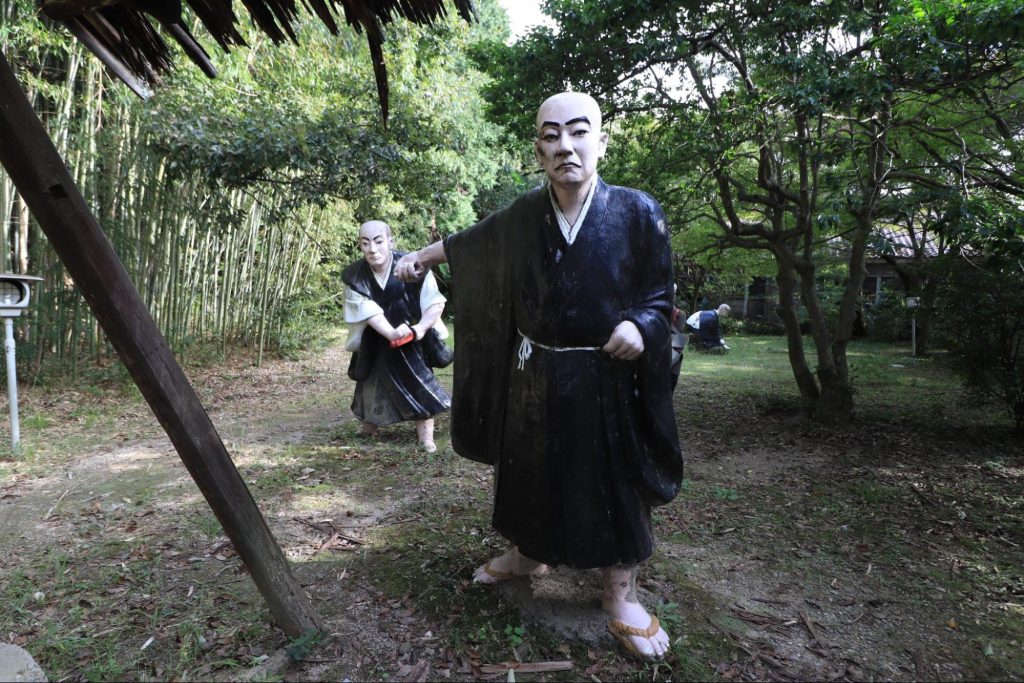
When they happened to be passing by and heard Shinran preaching, they were mistaken for prowlers and pointed his sword at them.
They look scary.
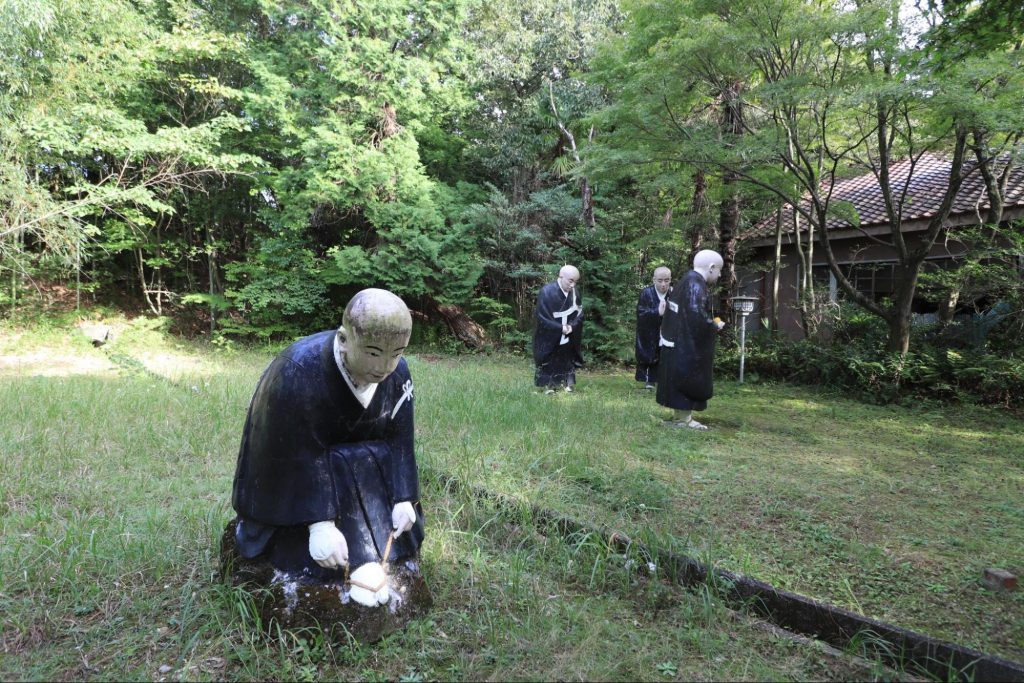

Afterwards, the two, moved by the sermon, shaved their heads and became nuns.
This series of events is being reproduced in the park.
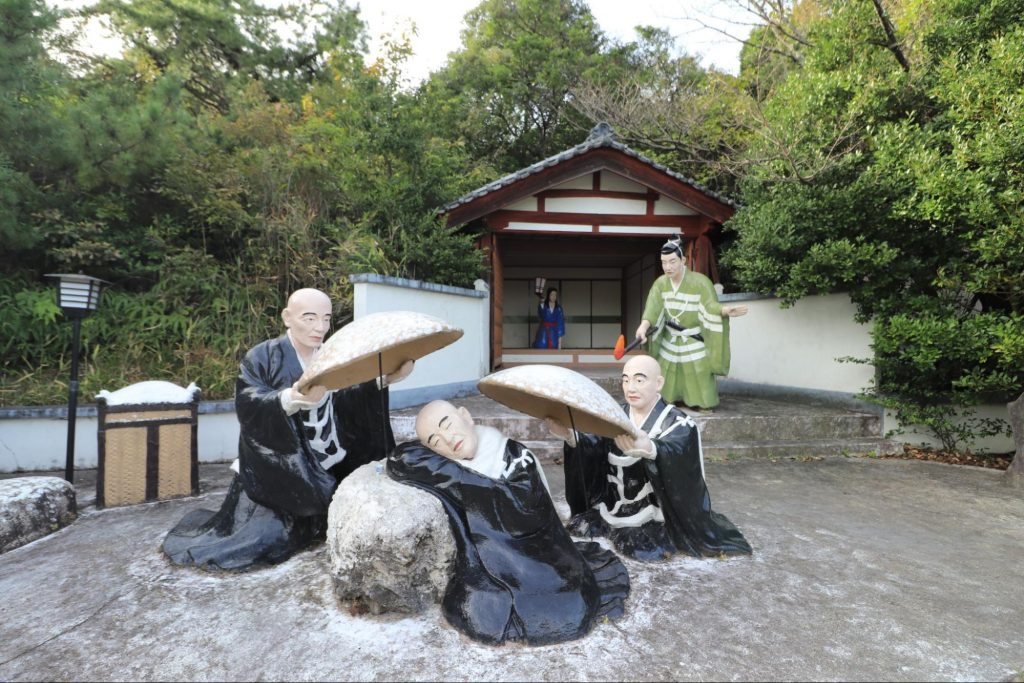
Shinran sleeps with a stone as his pillow. Two disciples are shaded with hats.

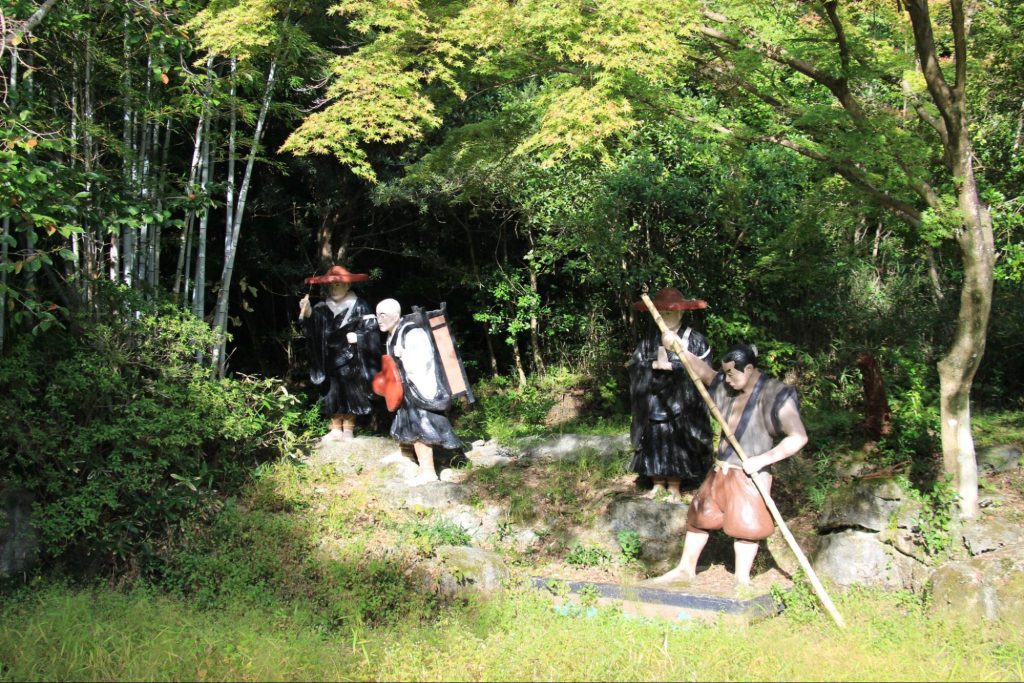
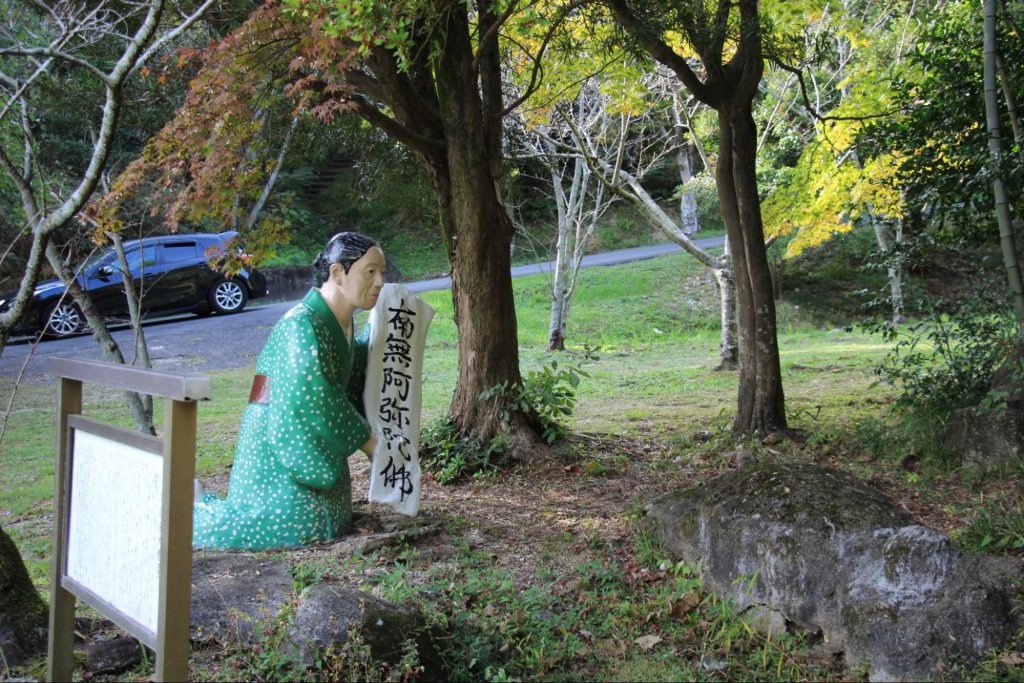
This is the scene of "Kawagoe no Myogo". The woman in the front and the man in the back are a married couple.
Myogo is the six characters of "Na-mu-a-mi-da-butsu", and it recounts a story in which Shinran waves his brush in the air saying "Na-mu-a-mi-da-butsu", and the characters are transferred to a piece of paper held by a woman on the other side of the river.


In addition, you can learn about Shinran's life through the garden, such as "Benzaiten" painted in rich colors and "Shinran" climbing the mountain.
All of the statues have rich expressions and I never get tired of looking at them. A monk who looks like he's going to run at any moment, Hannya who raises a sickle, and so on, are all impressive.
In addition to Goshikien introduced this time, Shoun Asano's works can be seen at Momotaro Shrine and Sekigahara Warland, so please visit them as well.


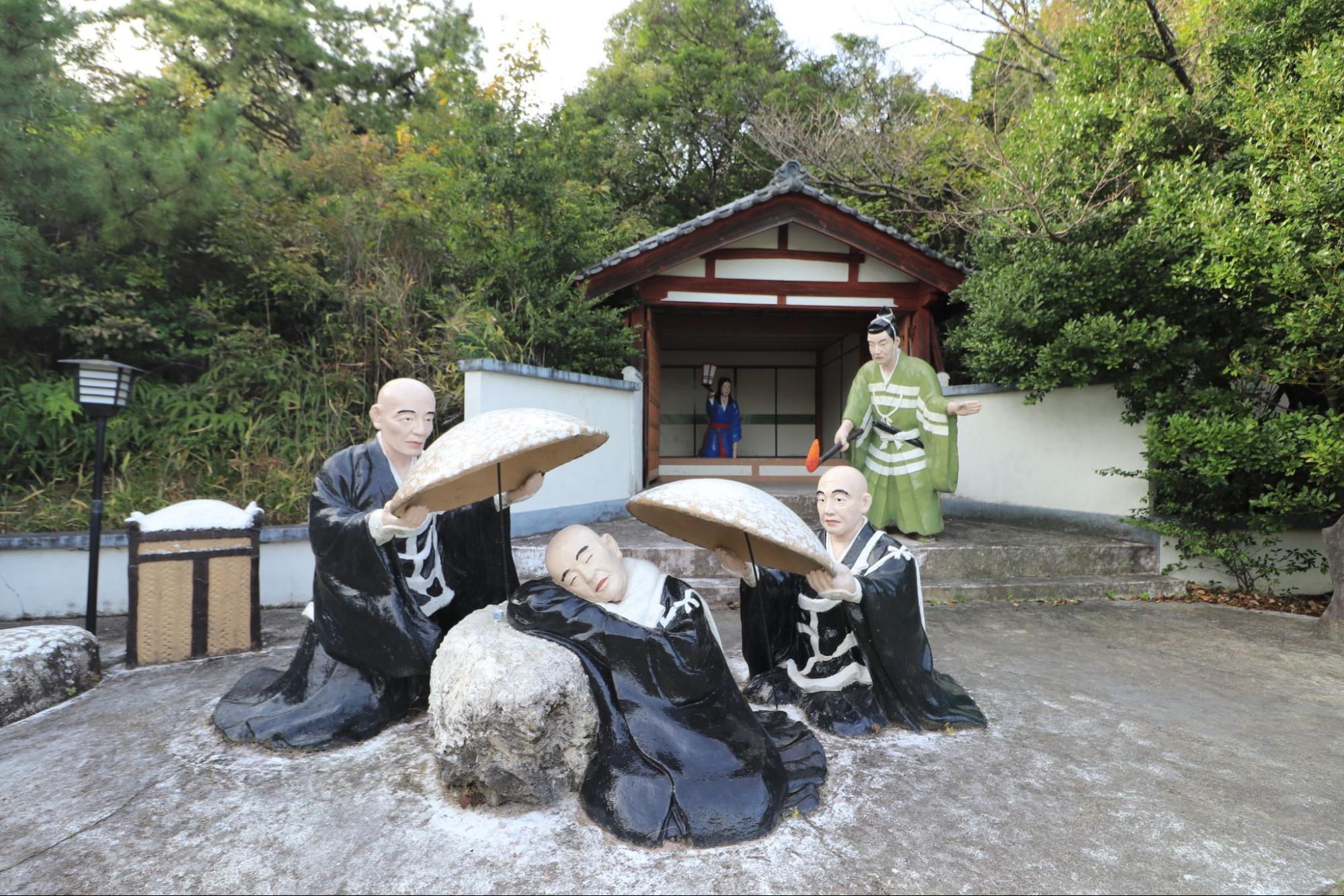
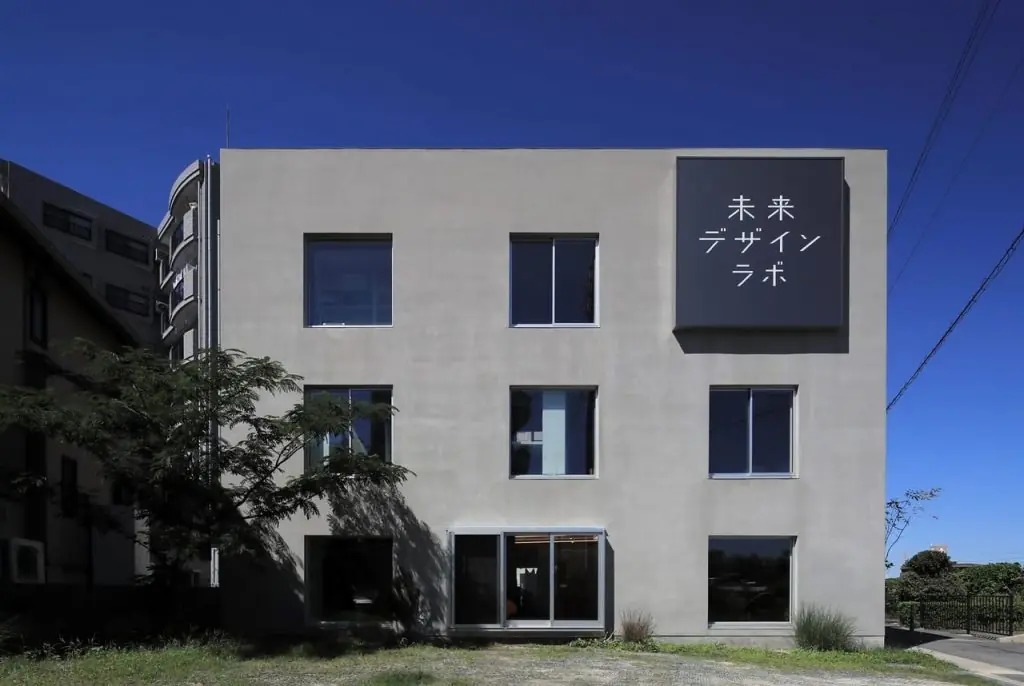
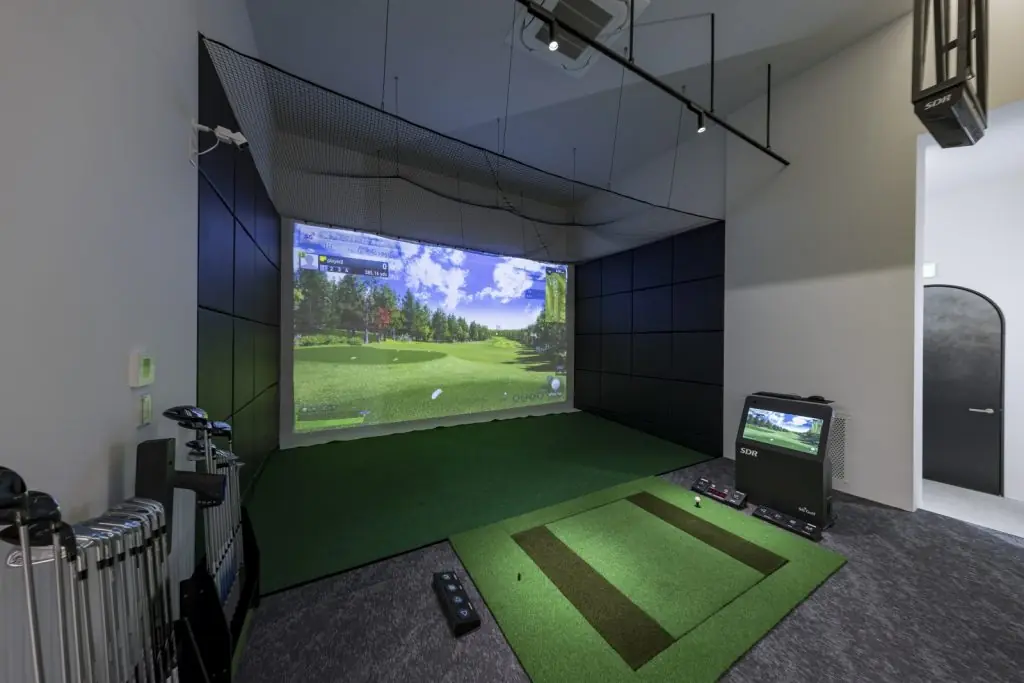
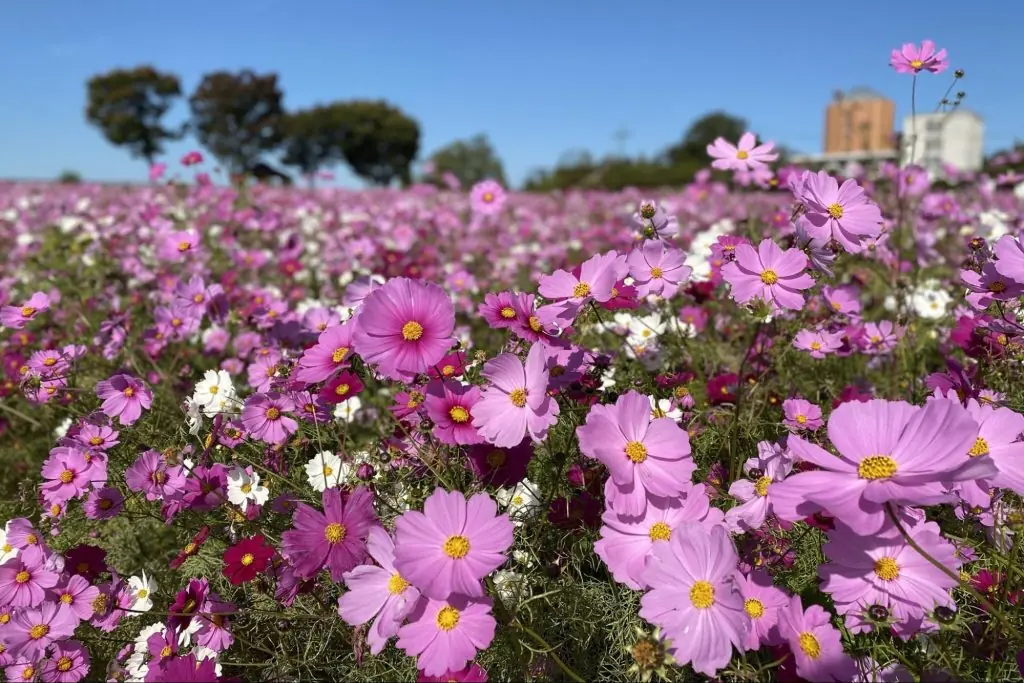

![[Ghibli Park] How to enjoy Ghibli’s Grand Warehouse! A thorough report from recommended ways to go around to gourmet food](https://life-designs.jp/wp/wp-content/uploads/2023/07/image7-10-1024x683.jpg)
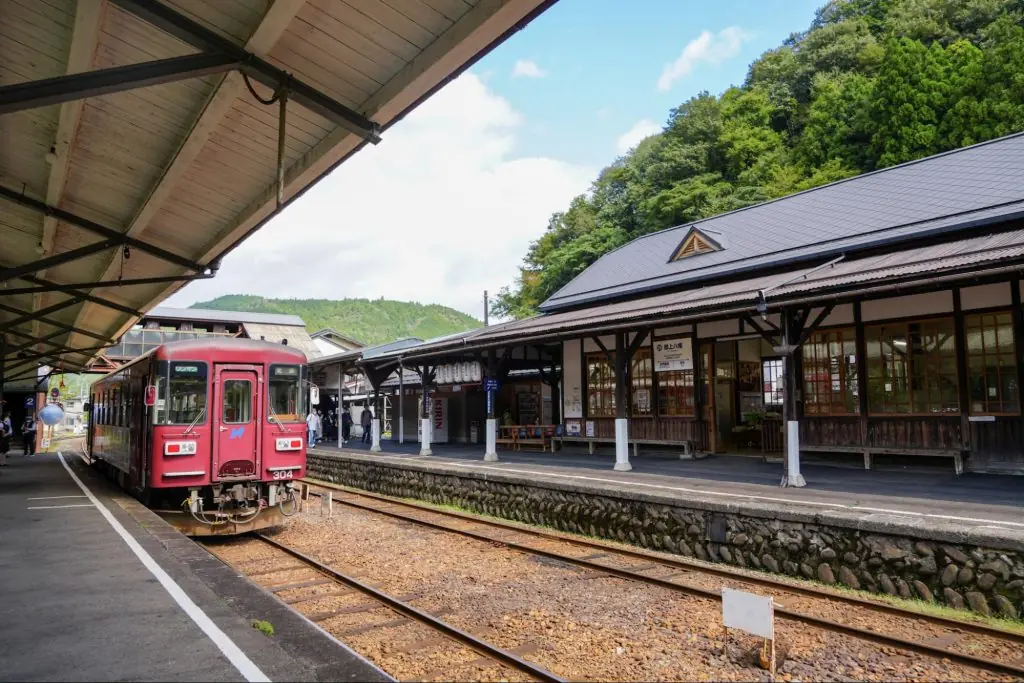
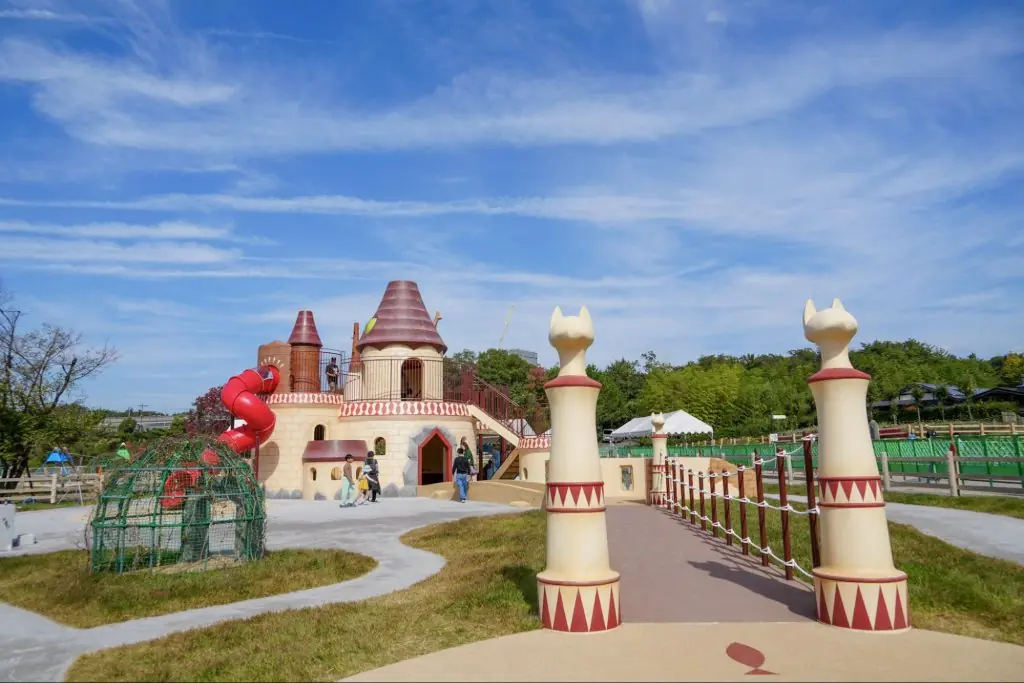
![[Recommended] Summary of Popular Spot in Nagoya](https://life-designs.jp/wp/wp-content/uploads/2023/12/image2-13-1024x768.jpg)
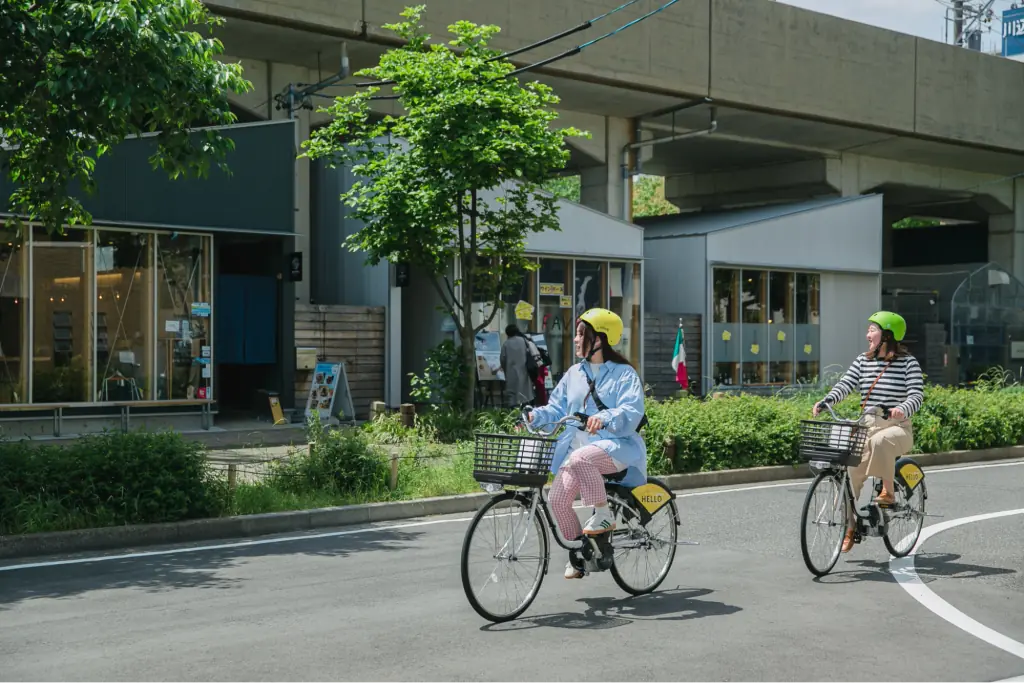
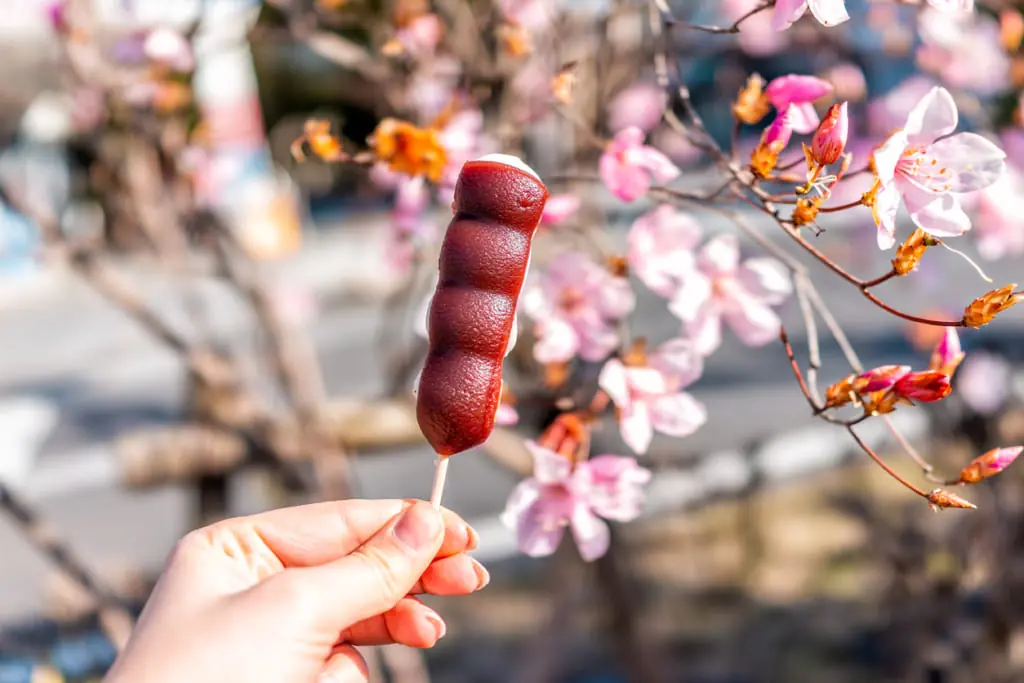
![[Indoor Facilities] Where to Go on Rainy Days in Tokai Area! For Family Outings!](https://life-designs.jp/wp/wp-content/uploads/2023/07/FotoJet-23.jpg)
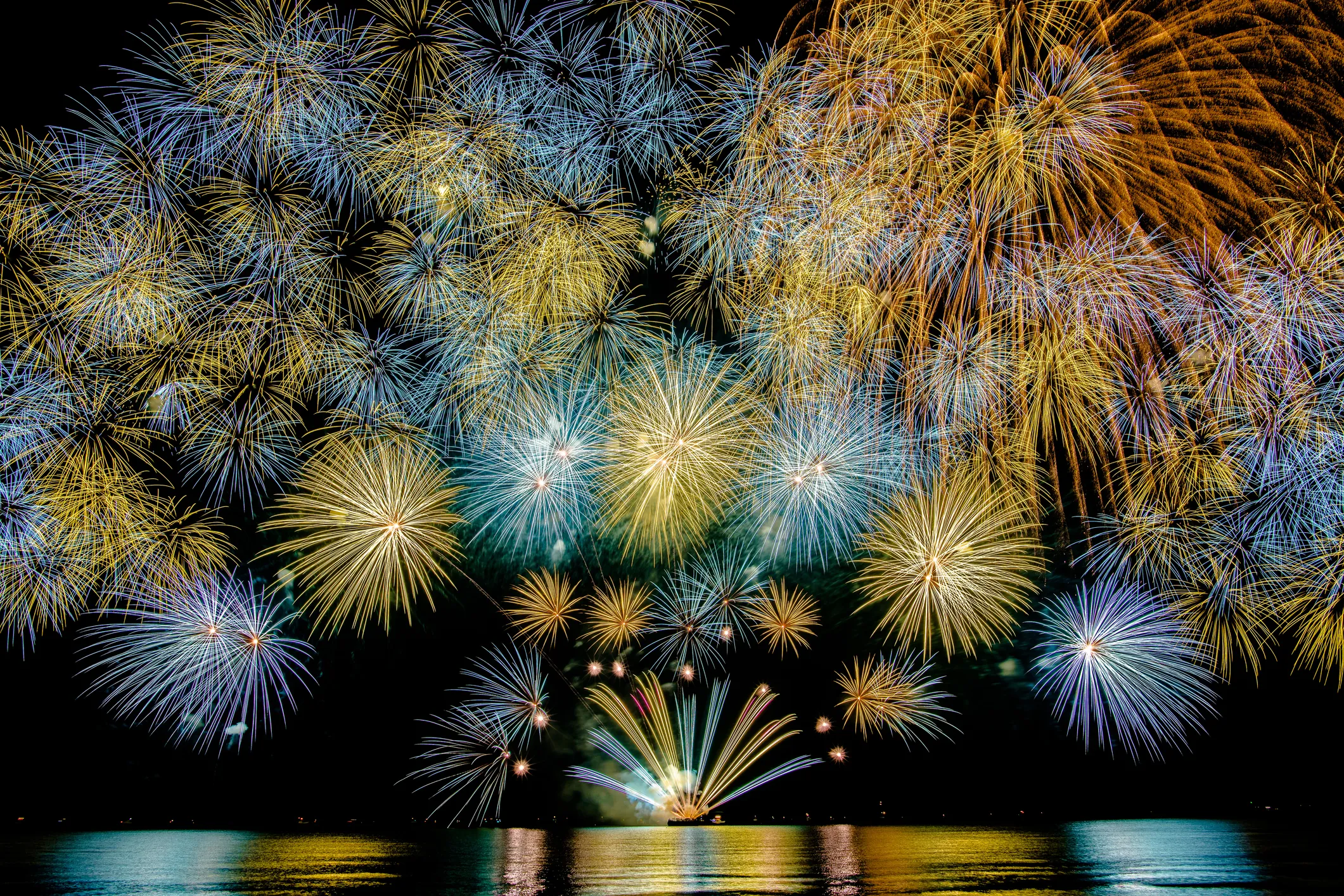
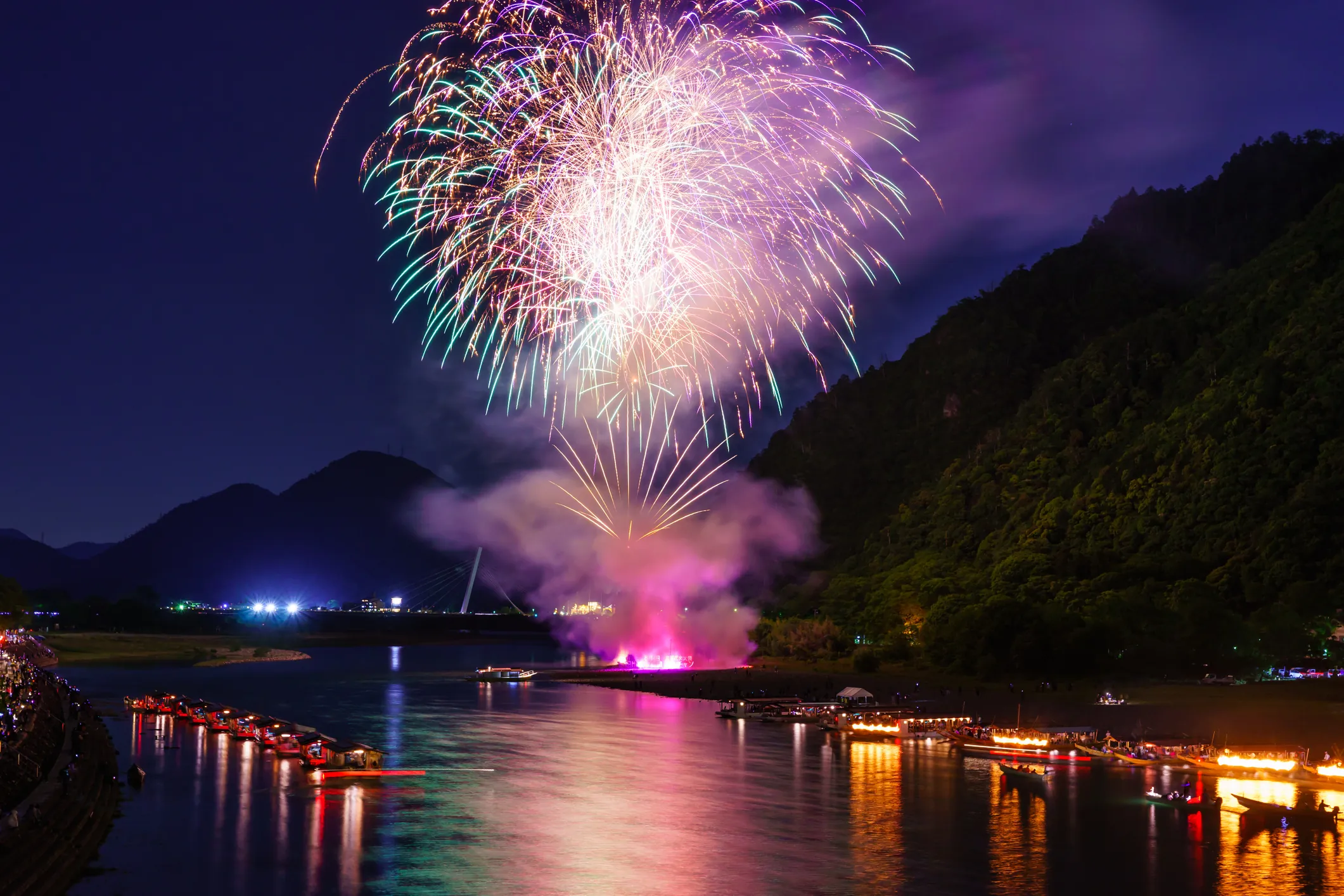

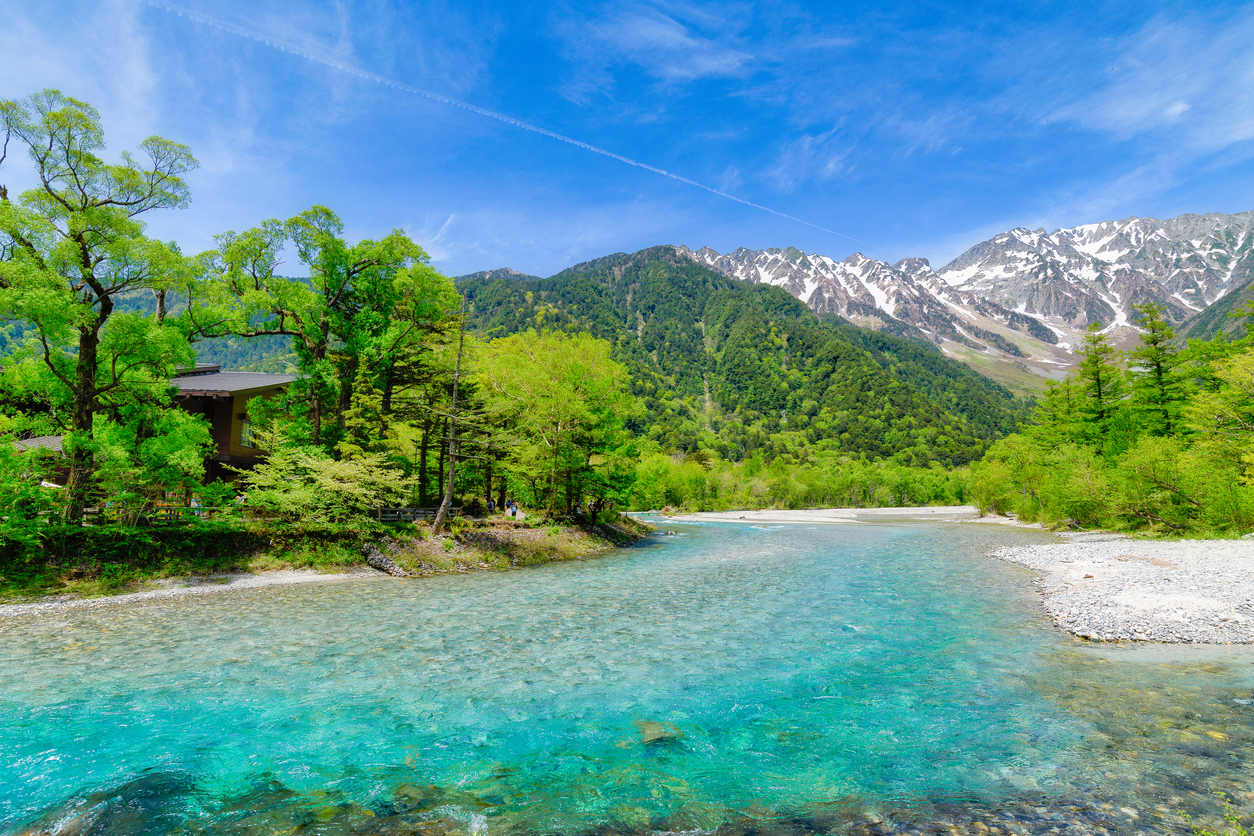
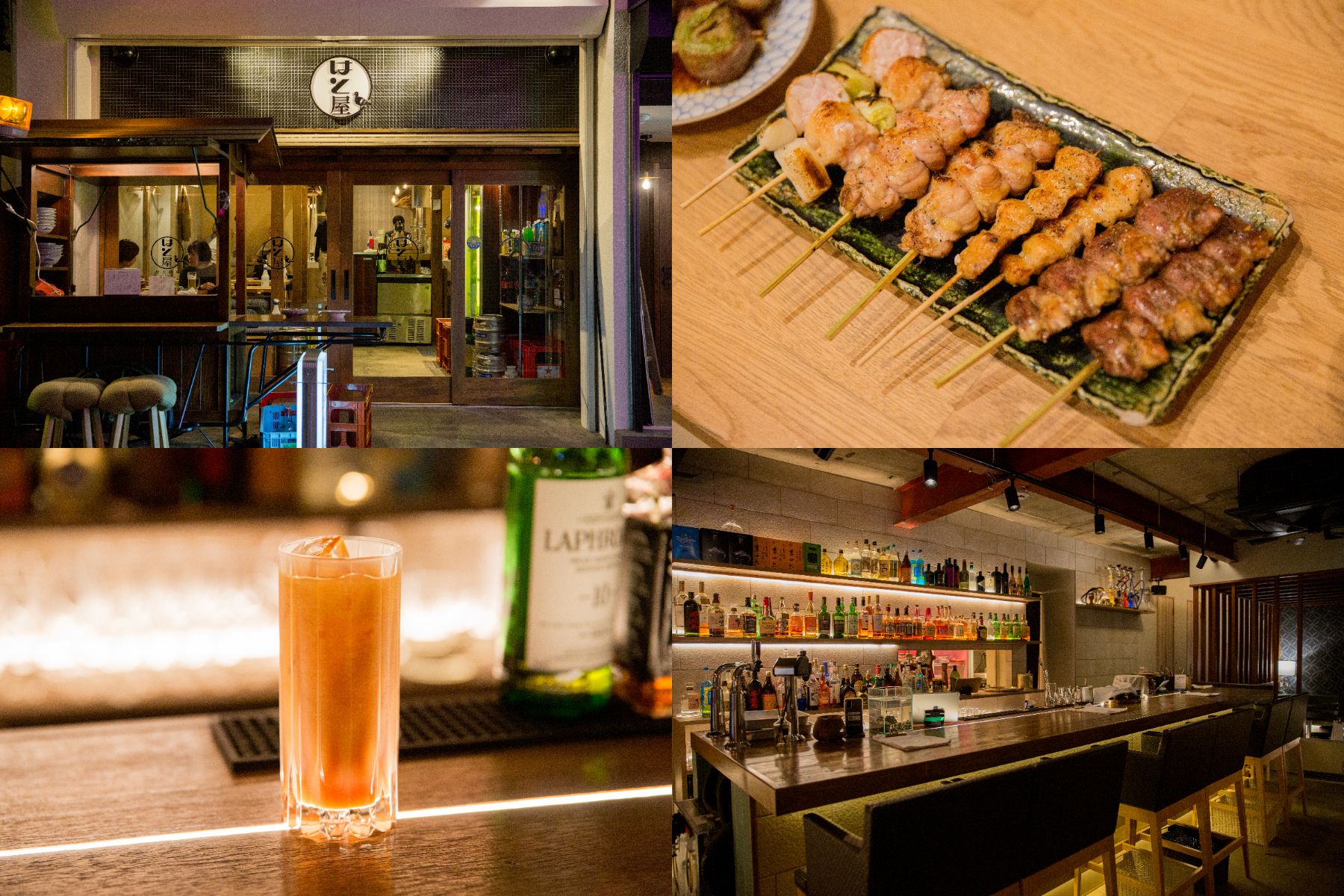
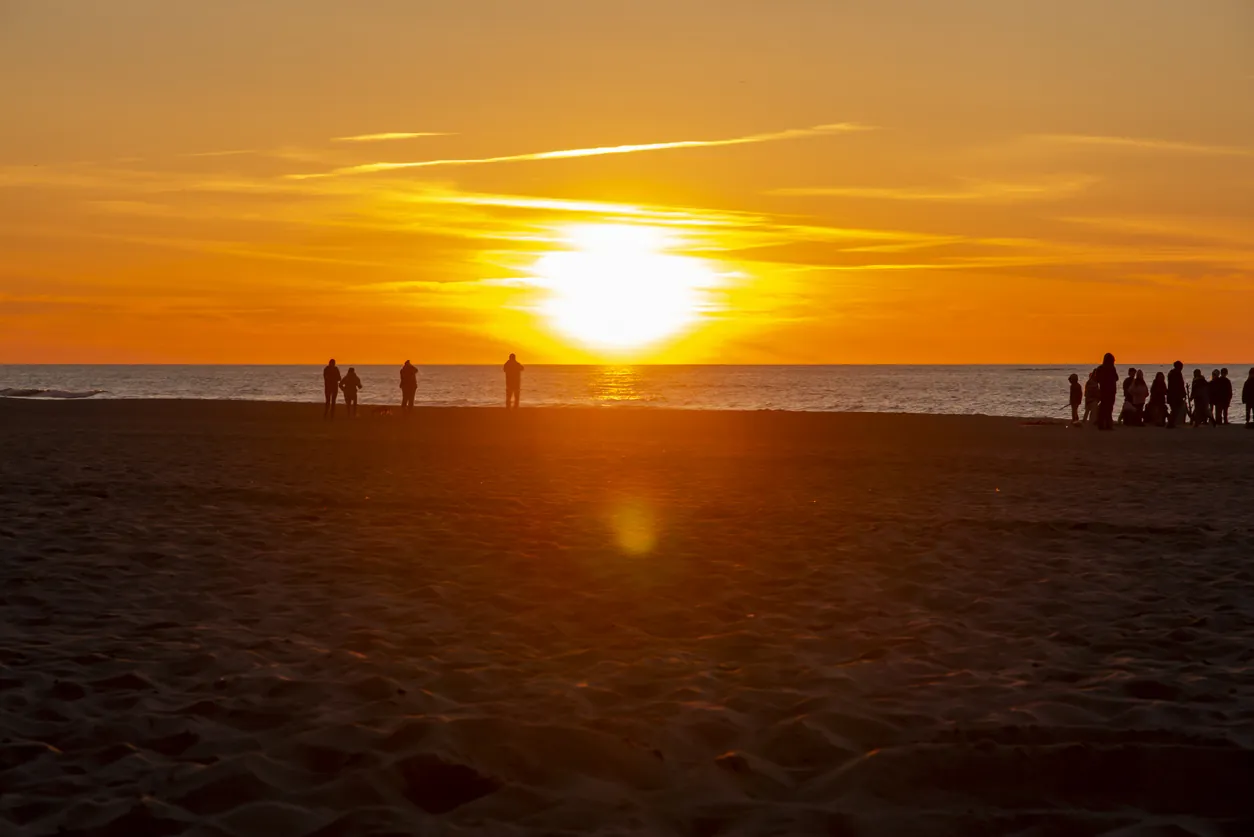
![[Sauna Specials] Feel Revitalized in Sauna!](https://life-designs.jp/wp/wp-content/uploads/2021/07/Sauna-768x435.jpg)
![[Special Feature] Enjoy Outdoor Activities!](https://life-designs.jp/wp/wp-content/uploads/2019/12/LD_banner_w1920x1088_outdoor-1-768x435.jpg)
![[Nagoya City] Exploring Coffee Shops](https://life-designs.jp/wp/wp-content/uploads/2022/03/84215d942d0289eb17e3745432836bf4-1024x580.png)
![[Ghibli Park] Beginner's Guide](https://life-designs.jp/wp/wp-content/uploads/2023/07/ghiblipark_w1920h1088_20240422-1024x580.png)
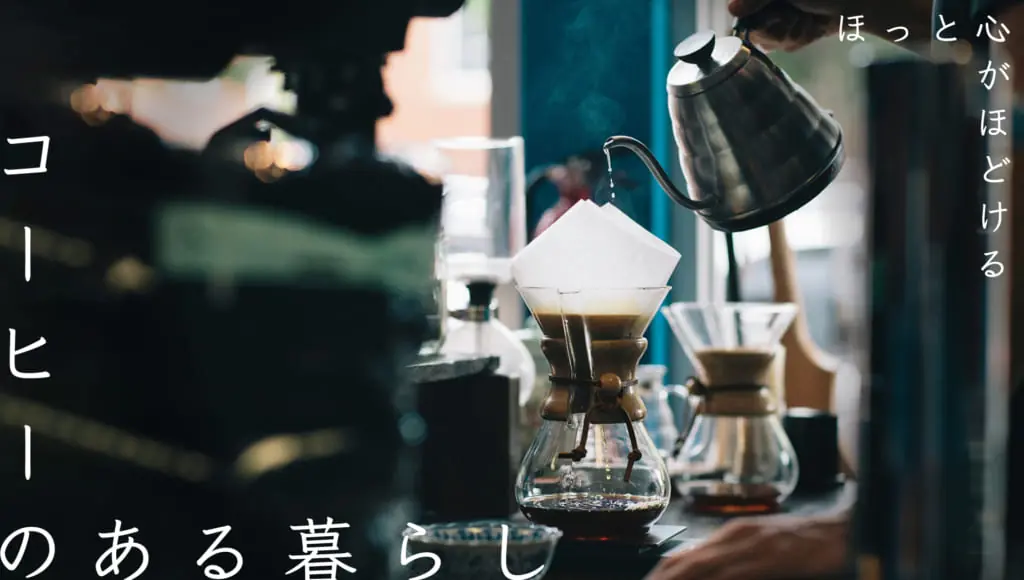
![[Osu Special Feature] A City of History and Uniqueness](https://life-designs.jp/wp/wp-content/uploads/2022/03/01_Osu-1-1024x580.png)
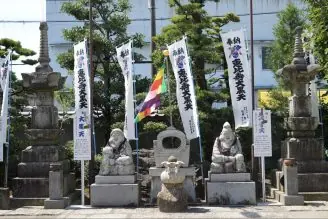
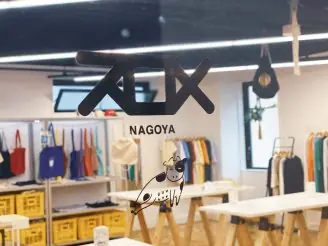
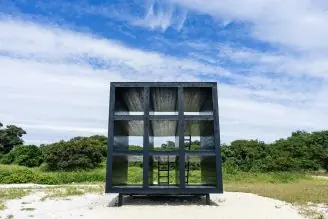
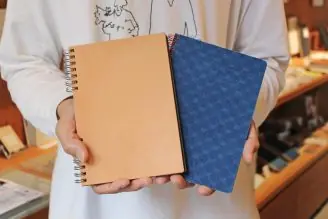

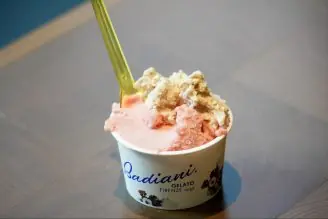
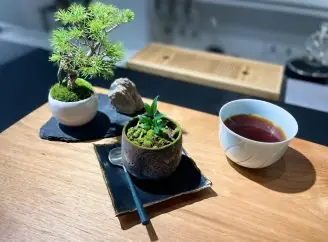
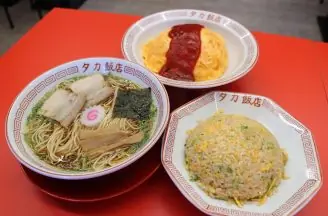

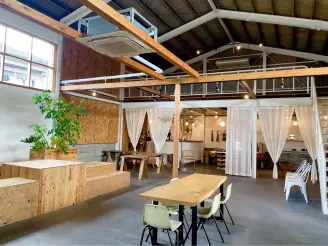
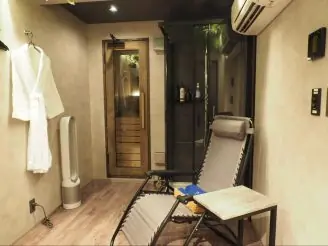
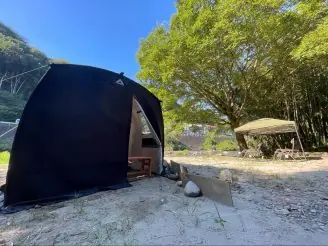
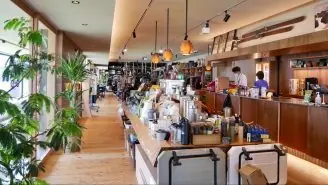
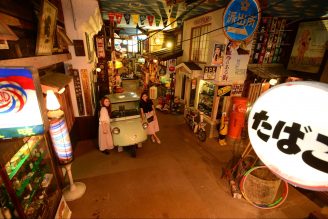
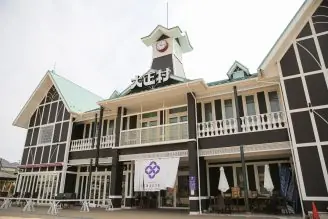
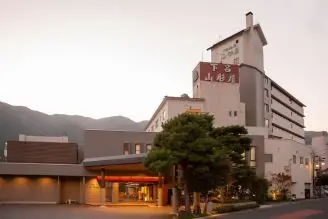

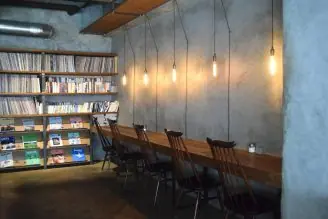
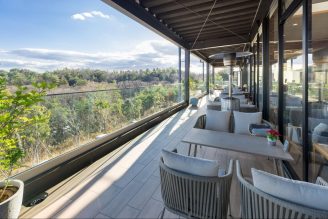
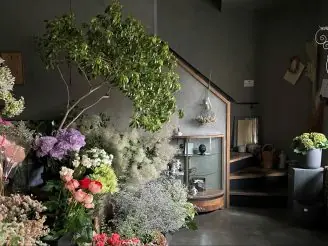

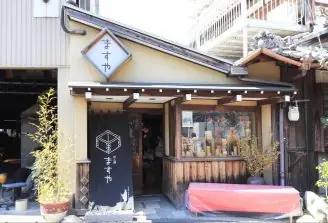
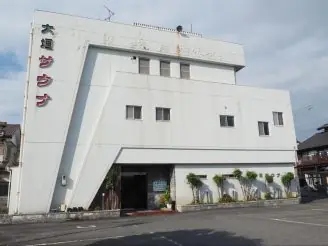
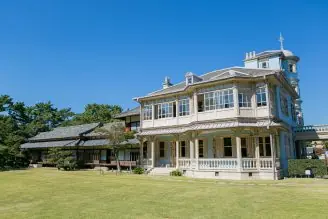
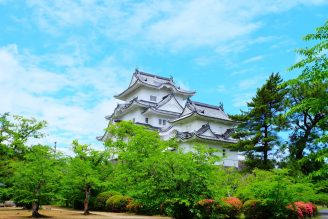
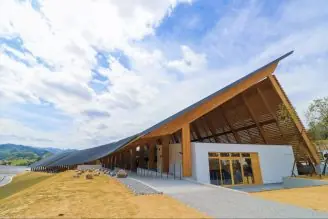
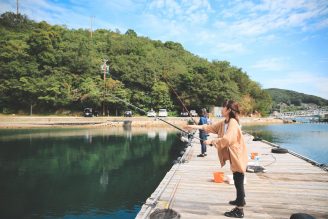
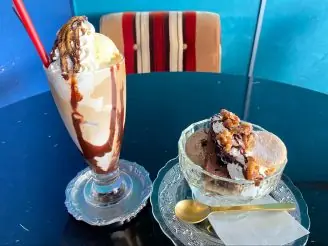
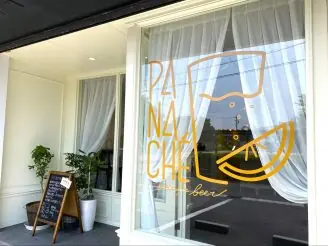
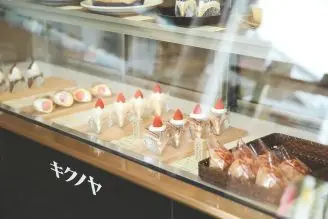

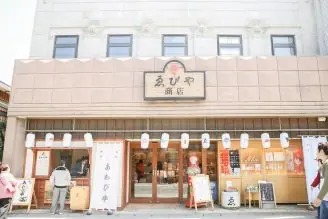
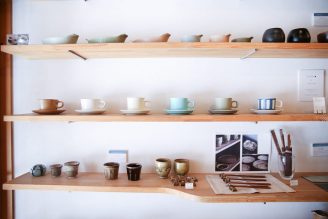
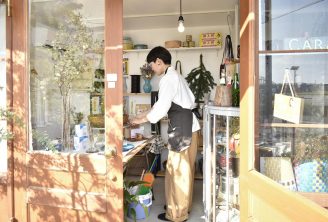
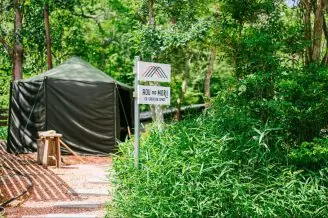

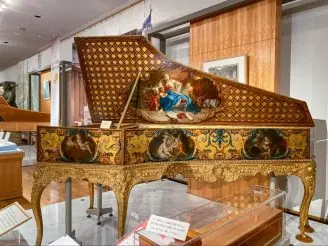

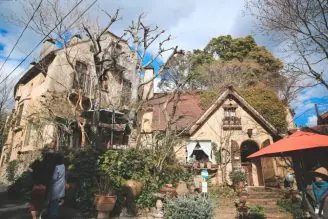

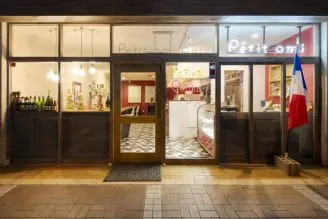
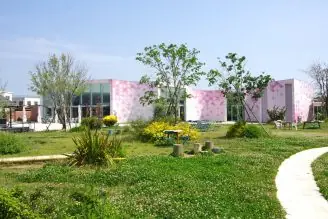
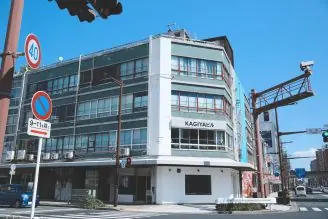
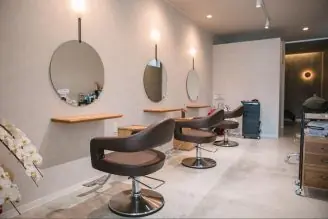

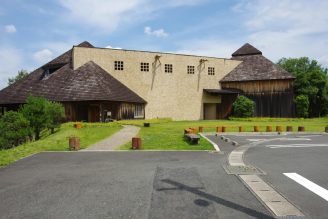
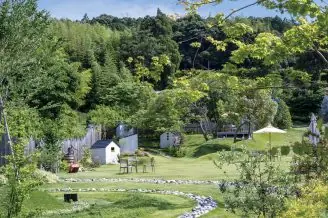
![[Indoor Facilities] Where to Go on Rainy Days in Tokai Area! For Family Outings!](https://life-designs.jp/wp/wp-content/uploads/2023/07/FotoJet-23-1024x768.jpg)
![Onigiri is hot right now! Summary of Osu's Onigiri Specialty Shops [5 selections].](https://life-designs.jp/wp/wp-content/uploads/2023/11/onigiri-1024x768.jpg)
![[10 selections] Recommended for Girls' Trip from Nagoya! Special feature on Hotels and Inns](https://life-designs.jp/wp/wp-content/uploads/2022/11/FotoJet-1-1024x768.jpg)
![[12 Selections] Available at Nagoya Station! Snacks Perfect as Souvenirs from Nagoya](https://life-designs.jp/wp/wp-content/uploads/2021/04/FotoJet-2021-04-19T194023.218-1024x768.jpg)
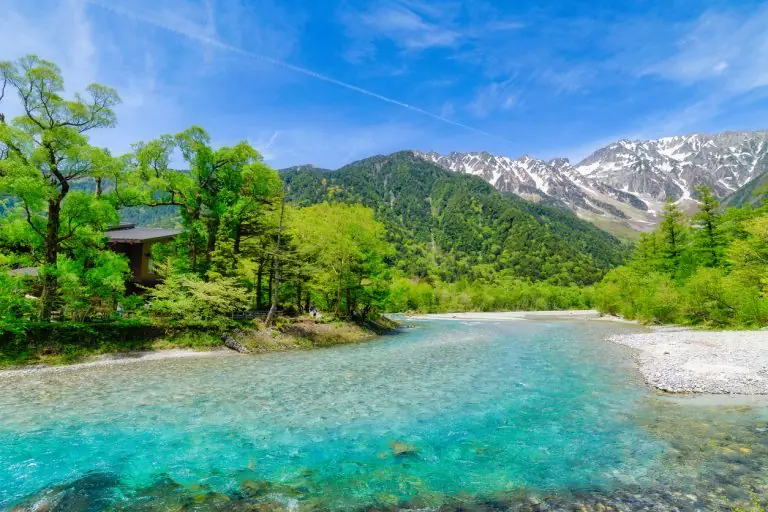
![[Within 2hrs by Car] 12 Outing Areas where You can Go on a Day Trip from Nagoya!](https://life-designs.jp/wp/wp-content/uploads/2023/07/odekake12_w1200h900_20240422-328x246.png)

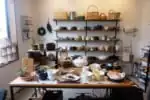
![[14 Selections] Recommended spots to spend the weekend in Kakuozan area of Nagoya](https://life-designs.jp/wp/wp-content/uploads/2022/07/Kakuozan-spot_w1920h1088_240605-328x186.png)
